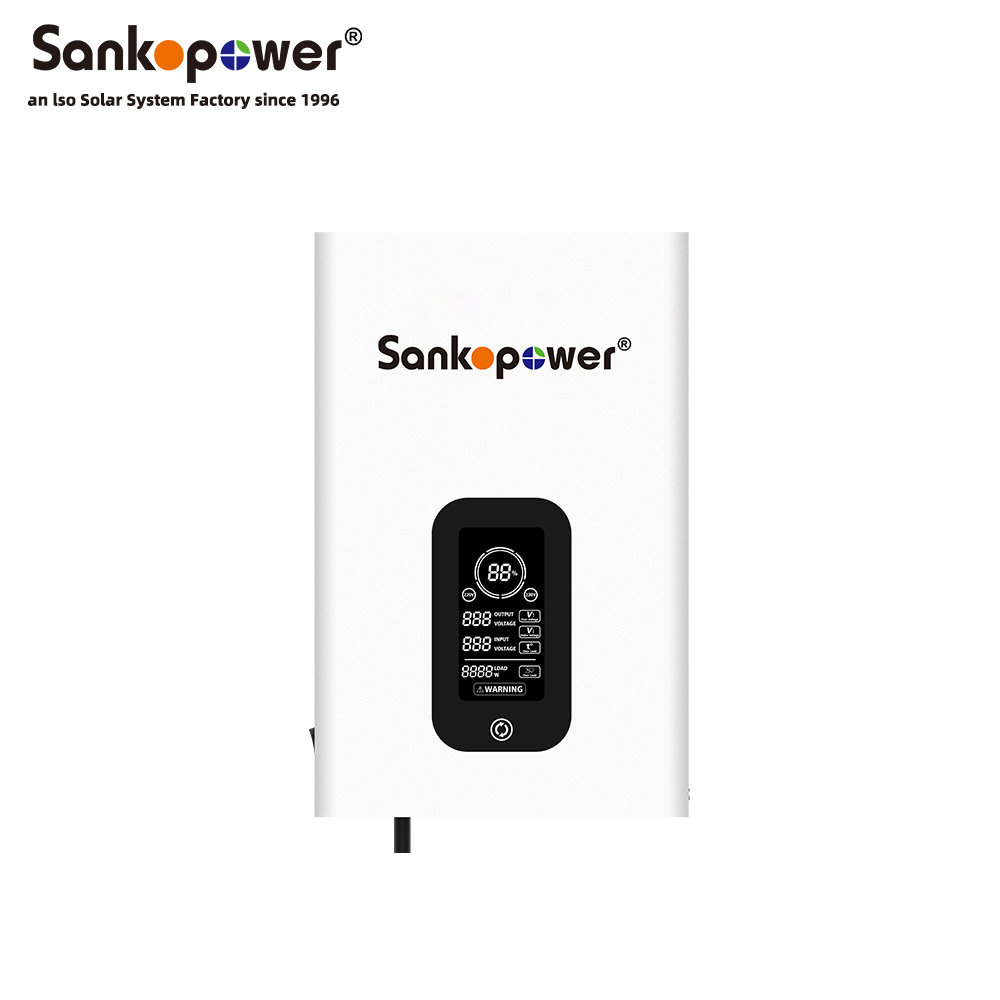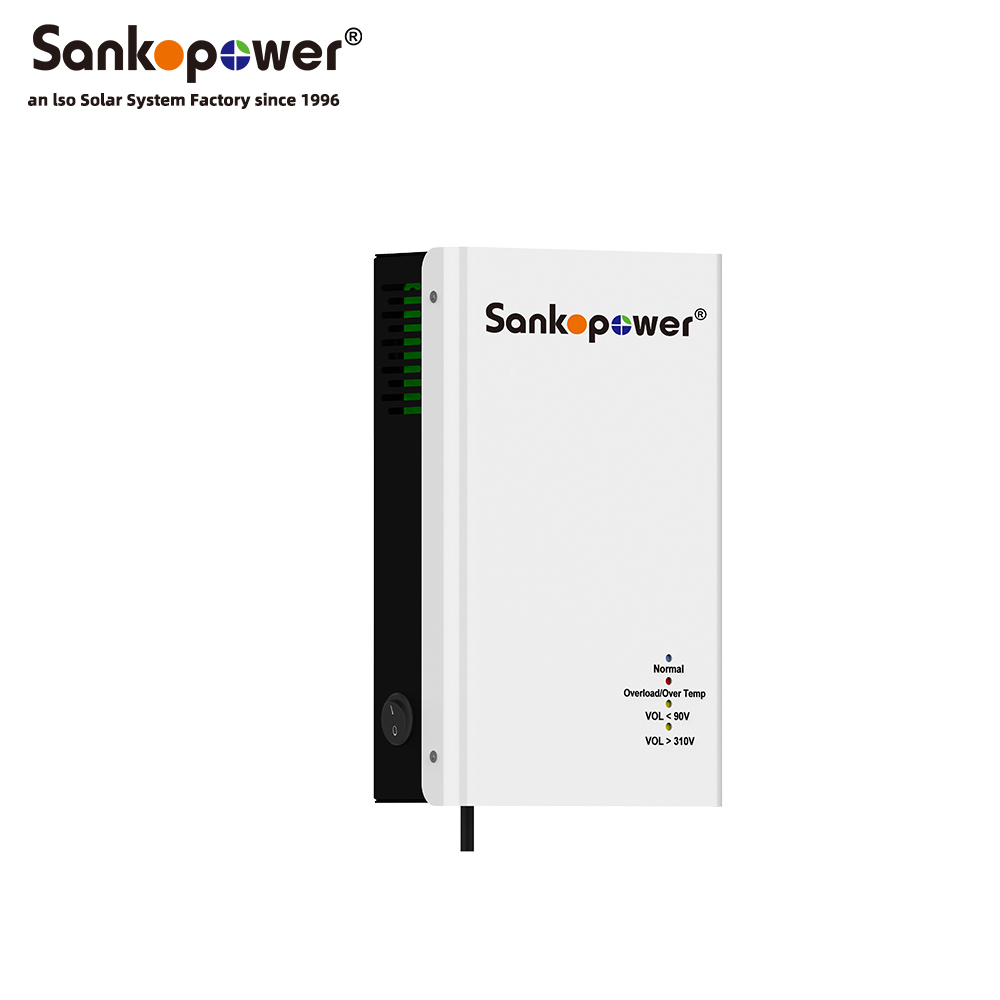Voltage Stabilizer
Input Voltage Sensing: Continuously monitors the incoming voltage.
Control Circuit: Compares the input voltage to a reference level.
Correction Mechanism:
Boost Mode: Increases voltage if input is too low (e.g., using a transformer).
Buck Mode: Reduces voltage if input is too high.
Output Regulation: Delivers a stable voltage (e.g., 220V or 110V) to connected devices.
Types of Voltage Stabilizers
Servo-Controlled Stabilizers:
Use a servo motor to adjust a variable transformer (variac).
Ideal for high-power applications (industrial use).
Slow response but high accuracy.
Static Voltage Stabilizers:
Use power electronics (e.g., IGBTs, MOSFETs) for rapid correction.
No moving parts, making them maintenance-free.
Suitable for sensitive electronics (computers, medical devices).
Relay-Based Stabilizers:
Use relays to switch between transformer windings.
Affordable but less precise; common for home appliances.
Applications
Residential: Protects TVs, refrigerators, ACs, and LED lights.
Commercial: Safeguards servers, POS systems, and office equipment.
Industrial: Ensures stable power for CNC machines, motors, and production lines.
Medical: Critical for MRI machines, ventilators, and lab equipment.
Key Features to Consider
Load Capacity: Match the stabilizer’s kVA rating to the total load of connected devices.
Voltage Range: Ensure it covers your area’s typical fluctuations (e.g., 90V–300V).
Accuracy: Look for ±1% to ±5% output tolerance for precision equipment.
Response Time: Faster correction (milliseconds) is better for sensitive electronics.
Safety Features: Overload protection, surge suppression, and thermal cutoff.
Advantages
Equipment Protection: Prevents damage from voltage spikes/sags.
Energy Efficiency: Reduces power waste caused by unstable voltage.
Extended Lifespan: Appliances operate optimally under stable voltage.
Cost Savings: Avoids repair/replacement costs due to voltage issues.
Common Issues & Troubleshooting
Overheating: Check for overload or poor ventilation.
Inaccurate Output: Calibrate or replace the control circuit.
No Output: Verify input power and internal fuses/breakers.
Voltage Stabilizer vs. UPS
Stabilizer: Focuses only on voltage correction (no battery backup).
UPS: Provides backup power and voltage regulation during outages.
Maintenance Tips
Clean dust from vents regularly.
Avoid overloading beyond the rated capacity.
Schedule annual professional inspections.


